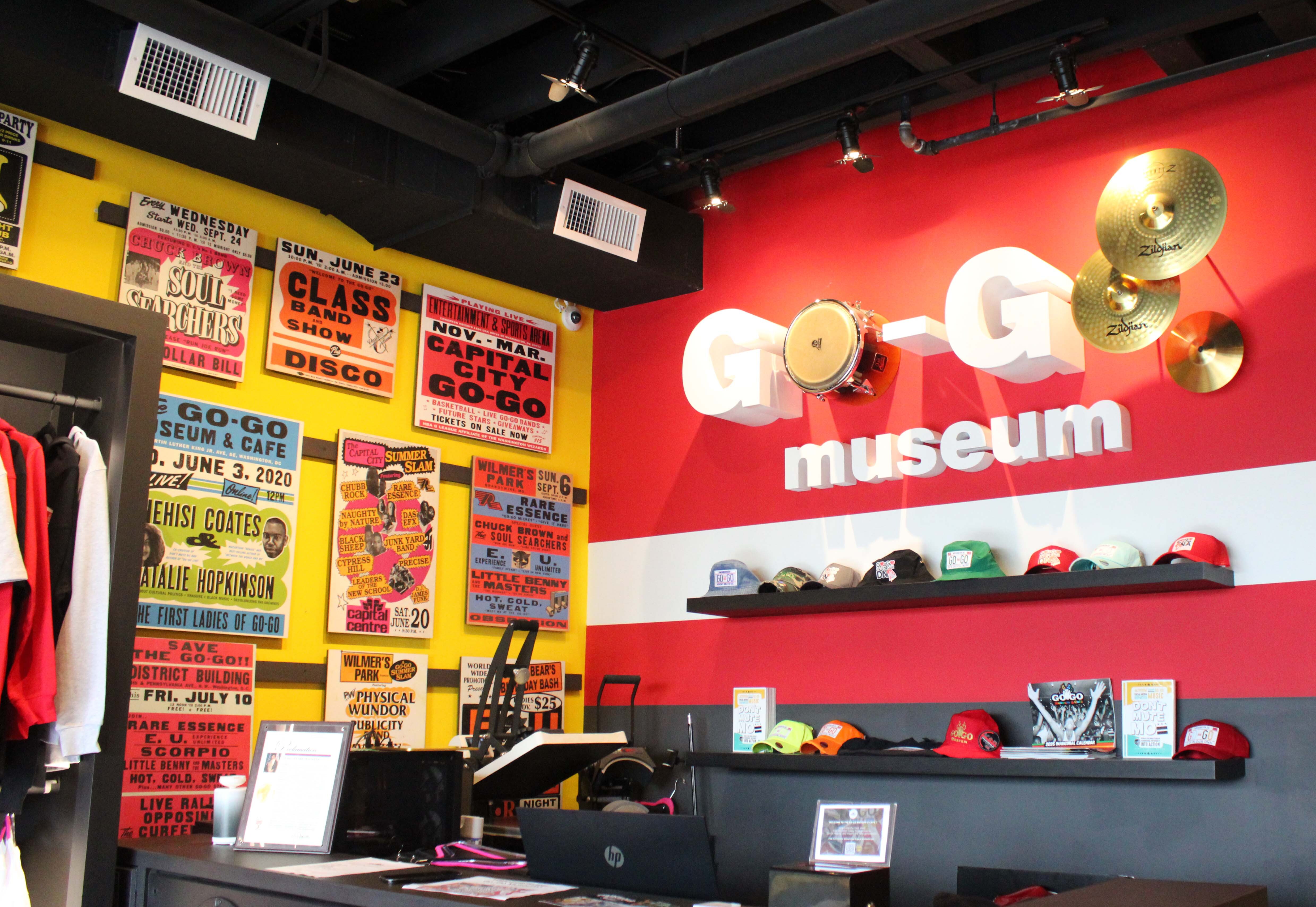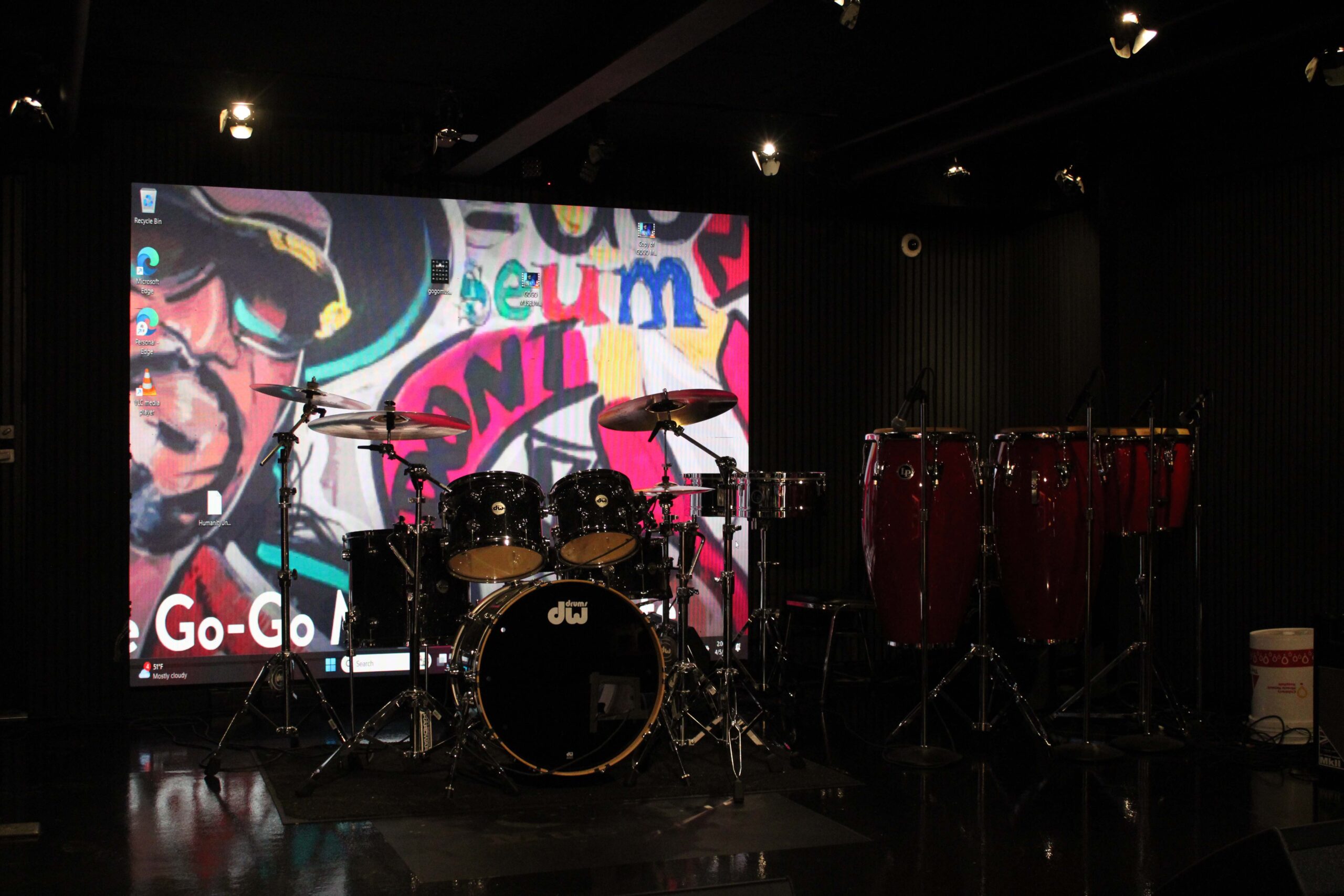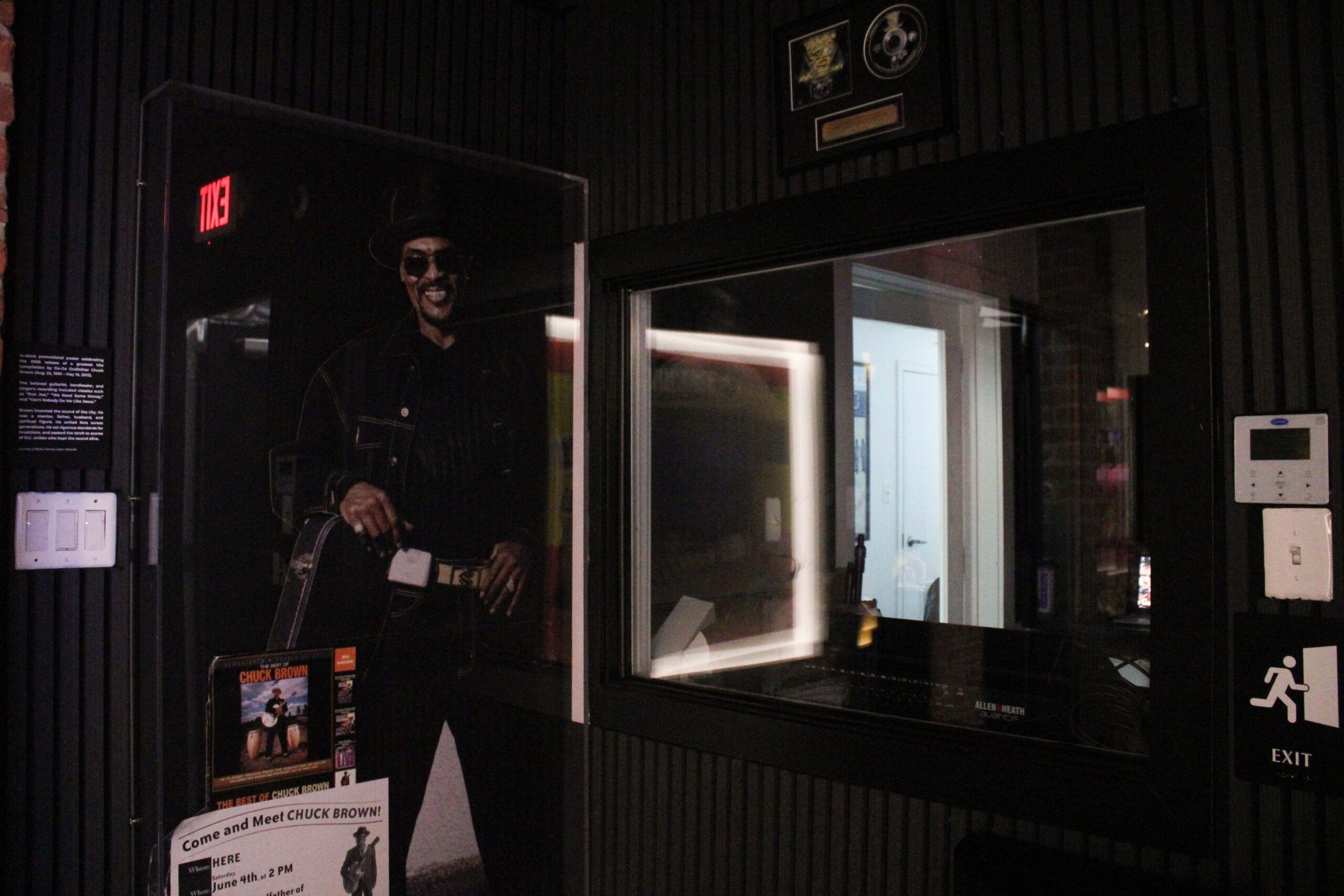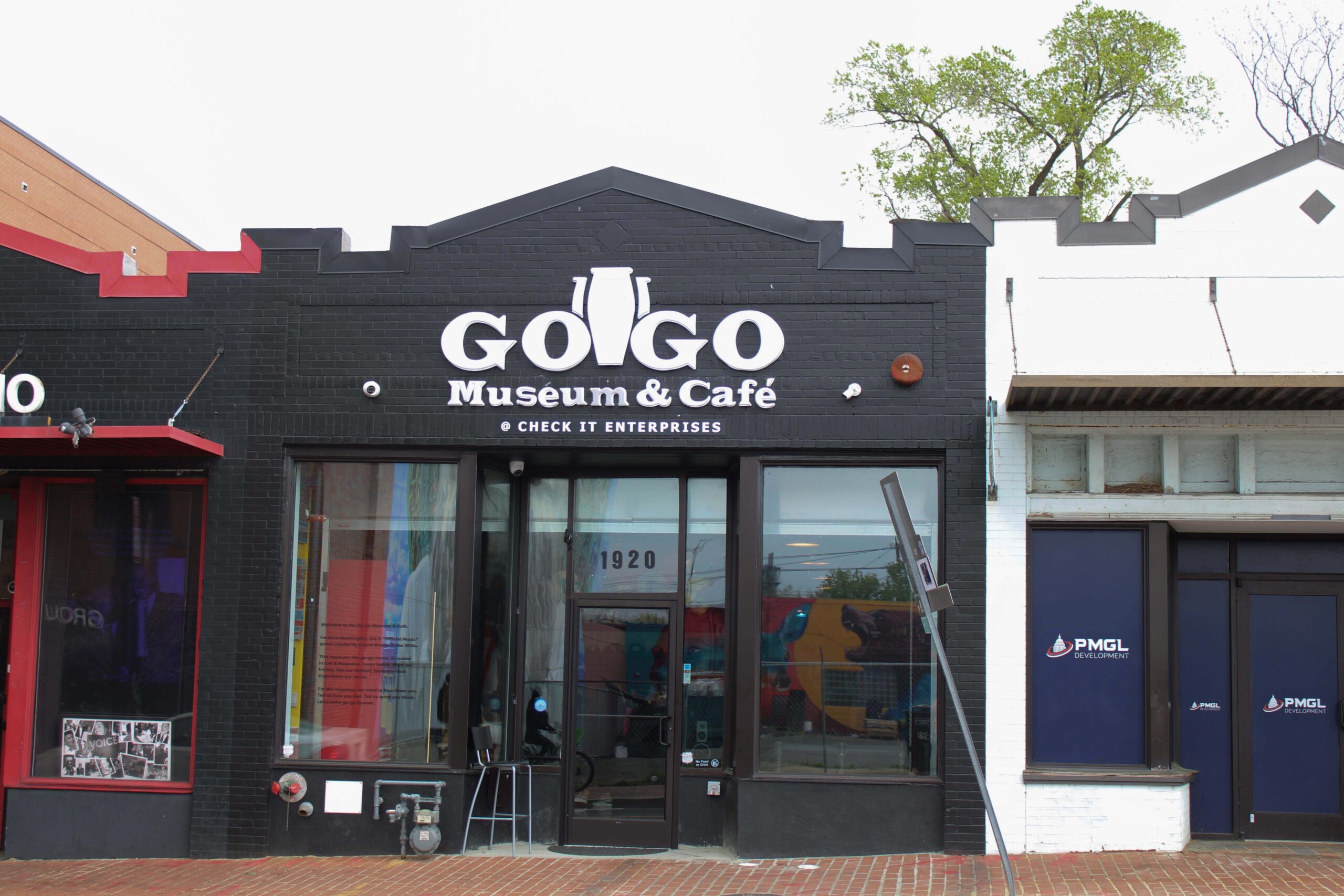WASHINGTON—In the Anacostia Neighborhood lies a tribute to a genre of music at the core of Washington culture—the Go-Go Museum & Café.
Founded by Ronald Moten, a community advocate, the museum is a symbol of the ongoing push to preserve and honor the soulful, rhythmic sound that deeply resonates with D.C.’s Black residents.
The museum grew out of a grassroots movement, Don’t Mute DC, which recently celebrated its sixth anniversary of championing go-go music. Don’t Mute DC, founded by Moten and American University professor Natalie Hopkinson, began on April 7, 2019, when residents rallied to defend go-go music on a beloved corner near Howard University—7th Street and Florida Avenue.
What started as a protest over a noise complaint quickly evolved into a broader conversation about gentrification, racial justice and the city’s cultural identity.
Moten and Hopkinson’s efforts eventually led to go-go music becoming the official music of Washington when Mayor Muriel Bowser signed the Go-Go Music of the District of Columbia Designation Act of 2020.
On Feb. 19 of this year, the fifth anniversary of the signing, the Go-Go Museum & Café had its official opening in its Anacostia location.

“Go-go is very exciting, and there’s a lot happening in it,” Hopkinson, who is also the museum’s chief curator, said. “I was fascinated by just the live culture, the theme, the vibe, the energy, the fashion … the very free way that young people express themselves.”
Go-go music was created in the 1970s by guitarist Chuck Brown, who earned the title “Godfather of Go-Go” for blending funk, jazz, soul, R&B, Latin rhythms, and African call-and-response into a unique sound. In 1972, with his newly formed group, the Soul Searchers, Brown recorded his first hit, “We the People.”
Though the museum opened its doors in 2025, it has existed since 2020. Due to the pandemic, the museum held virtual events, including a conversation with Ta-Nehisi Coates, an early go-go scholar. The museum also had a two-year residency at the Kennedy Center.
In November 2023, the Go-Go Museum became mobile, functioning as a pop-up museum with smaller versions of its current exhibits and a stage for performances. The museum held a soft launch for its permanent site a year later.
The museum covers all aspects of go-go music—from the influence of street art to Afro-modernity. The museum displays fun facts, pictures and mementos of Brown and the genre’s history.

There are many interactive exhibits, including the “Go-Go Family Tree” and “Ladies To The Front!” which play songs and performances by go-go artists. On the museum’s first floor, underneath three red stars symbolizing Washington’s flag, are multiple screens allowing one to learn about the history of Washington and the role go-go plays in it.
Chuck Brown’s Legacy
Go-go has since expanded outside the nation’s capital and developed a large international following. Brown often traveled and toured in Europe and Asia. Saxophonist Bryan Mills, a Prince George’s County Public Schools music teacher, began performing with Brown in 1999. Mills recounted a time in the early 2000s when Brown and his group had a gig in Japan. When they got on stage, the crowd was silent.
“It was quiet as hell,” Mills said. “Those first 10 seconds were like, church. It was quiet. No one was saying anything. But as soon as that beat kicked in, everyone started dancing. It was getting loose.”
“They couldn’t even speak English, but they knew the words to his song.”
Mills remembered that when they looked out at the audience, they saw Pharrell Williams.

Saxophonist Mark Williams, director of jazz studies at the University of Maryland, also played with Brown. Williams said that Brown and go-go played a major role in shaping both his music and teaching career.
“You have to display what you want from the crowd … you are literally the example to them of the party and of the vibe. So that’s one thing that I still carry with me to this day,” Williams said.
“I tell [my students] that they can’t just sit there and look bored because then the crowd is going to look bored at them. But if they are actually enjoying the music and creating a vibe on stage, the crowd will just copy and mimic what you’re doing,” Williams said. “So that has been a huge lesson that I learned from playing with Chuck Brown.”
That energy—of leading with joy and presence—is part of Brown’s legacy.
Washington continues to honor Brown, who passed away in 2012. There’s Chuck Brown Way, located at the 1900 block of 7th Street and Florida Avenue, Chuck Brown Memorial Park, and now a museum celebrating the go-go genre and culture he helped create.


You must be logged in to post a comment.